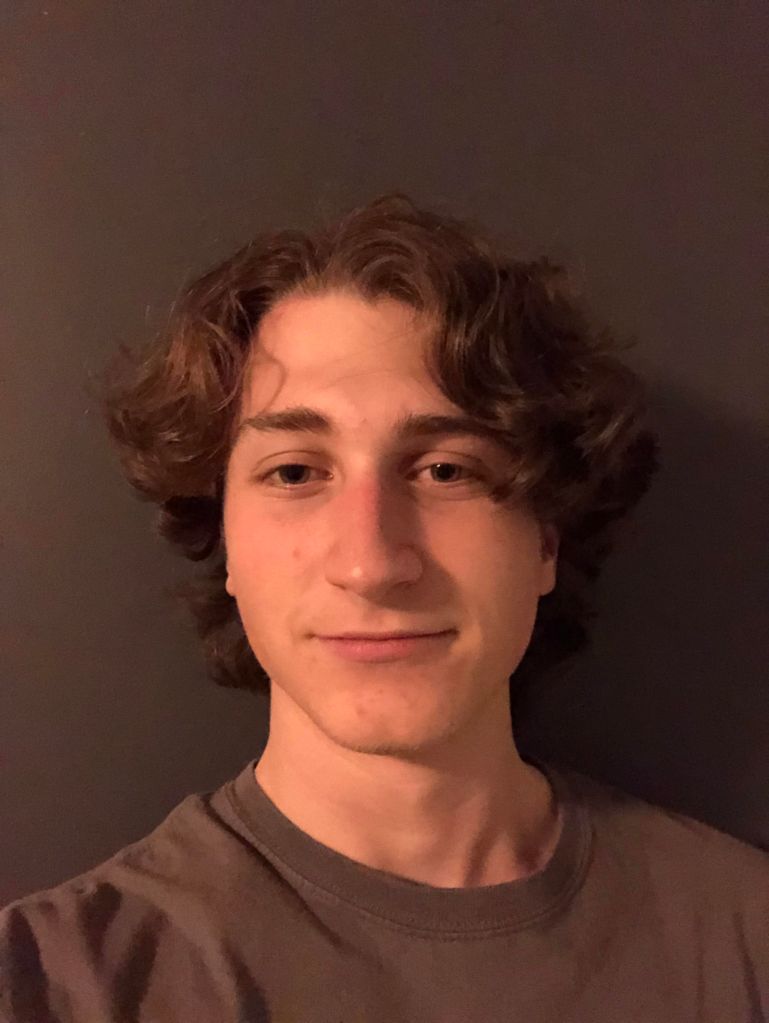By Domenic (Dom) Mongillo and Aditya Mynampaty, VI Form
Understanding and Building a Tesla Coil: A Matthews Fund Grant
The Matthews Fund provides grants to students of any form who are good citizens and solid students. Awards are based on merit and need as determined by a faculty committee. Grants are made for special needs such as tutoring assistance, special instruction, seminars, academic experiences of a national or international nature, and personal growth and advancement opportunities.
Last year, we applied for and were fortunate to receive the Matthews Grant. Our hope was to use the resources given to us from the fund to further our understanding of electronics by building Tesla coils. We expanded upon this idea by using our Fifth Form Lion Term as an opportunity to build these coils while studying the complicated electronics inside of them with the help of resources from the school. We then continued to work on the coils throughout the summer and into this academic year. From this experience, we have learned an incredible amount about electronics and about the work and determination that goes into a complicated engineering feat.
In addition to funds for purchasing Tesla coil kits, spare parts, and equipment needed to construct the coils, our grant also enabled us to take a trip to the Museum of Science in Boston. The museum featured an exhibit called Lightning! that included a variety of machines that demonstrated electronic principles like the world’s largest Van de Graaff Generator, plasma balls, and, of course, several very large Tesla coils. We visited this exhibit and studied the coils, and we were able to go onstage after the presentation to talk with one of the people who worked to build the coils used in the demonstrations.
A Tesla Coil is a type of transformer originally invented by Nikola Tesla, a partner of Albert Einstein. While we have gotten a lot of questions about our grant’s relation to the Tesla car, in actuality a Tesla coil has no relation to Elon Musk’s company. Musk chose to name his company after the genius inventor of the Tesla coil and other inventions such as alternating current (AC power). Tesla was the father of the wireless era, inventing remote control as well as other wireless electronics.
Tesla created the Tesla coil to help power the very first generation of radios. Tesla coils are very effective in generating a very high voltage, but low amperage current. In layman’s terms, this means that the coil can generate an electrical current with a lot of energy but not a large amount of force behind it. In a spark gap radio, the generation of this kind of current is very helpful in creating the spark that releases radio waves into the air. A high voltage current of this sort is able to ionize the air, meaning that the electricity building up has enough energy that it forces the air to conduct electricity. This creates a spark, which is able to generate radio waves and send messages.
Over time, spark gap radios have become obsolete, and the Tesla Coil lost its purpose as a power source behind these radios. However, the technology behind the coils can be manipulated into an effective way of generating long arcs of lightning. By hooking the coils up to a computer program, the frequency of these arcs can be regulated, which results in the coil producing specific frequencies that can be controlled. In short, the coils can play music with the lightning bolts that they create. Our mission with our grant was to obtain the resources necessary to build one of these coils and play music with it. However, our experience did not go entirely as planned.
After deciding we wanted to use our Lion term to work on this grant, we ordered the smaller Tesla coil so that it would arrive within the first few days of Lion Term. While we were waiting for it to arrive, we used the funding from our grant to travel to the Museum of Science to see the Lightning! exhibit. We had previously reached out to the curator of the exhibit, and afterward we were able to ask him a few questions about safety precautions and some technical questions about how the coils worked. During the show, we got to see full sized coils in action. Watching a ten foot high tesla coil in person was a truly breathtaking experience. The raw power that they could generate and their ability to control this power and turn it into song was a once in a lifetime experience. In addition to Tesla coils, we saw a three-story high Van De Graaff generator, which was able to create one of the loudest arcs of electricity we had ever heard purely from static electricity. Going to the Museum of Science was a great way for us to kick off our grant and gain a good foundation of safety and practical knowledge for our build.
After our trip to the Museum of Science, we began our actual work on the coil. From reading the instructions, one the skills that seemed very important to the project that we had absolutely no knowledge of was soldering. Luckily, Mr. Loomer was kind enough to come and give us a private lesson in soldering. He gave us small kits that we could use to practice soldering, and we learned the basics of the skill. We learned that soldering took more than just dropping hot pieces of metal onto a circuit board, and that it actually took an immense amount of skill to make all of the connections so that the board would work. Our Tesla coil had several of its own circuit boards that we would have to solder, and this board was a lot more complicated than the ones that we practiced on.
This is what the majority of our time building the coil was spent on. We had to solder all of these little connections between the pieces of the board, making sure not to touch the board for too long or to make a bad connection; doing that would mean ruining the board. Without fully building the Tesla coil, we had a way of testing whether or not the circuit board actually worked as we could plug it into the computer program and it would play a small noise if it was working. We made sure that the board was working before attaching it to the actual coil and running a large amount of electricity through it.
We thought that the coil would work the first time we used it, but instead, nothing happened. We had followed the instructions given to us exactly, yet the coil still did not work. From this moment on we began the long process of troubleshooting what had gone wrong with the coil. We took it apart and put it back together multiple times. We got replacement parts for the board and for components in the coil, hoping that eventually it would start working. Over time, we got electricity to come out of the coil, but it was only for a short period of time, and then the fuse blew. Once this had happened, we were able to see more clearly what was causing problems, and we were able to more effectively troubleshoot the coil. We worked on fixing and replacing parts all throughout the summer, and are continuing to try and get this coil to work. At this point, we have gotten it to play one note of music before the fuse blows, which is a huge improvement from where the coil was in the first place: not working at all.
In terms of pure knowledge, the experience doing this grant so far has been extremely valuable in our understanding of electronics. Coming into the project, we had virtually no working knowledge of delicate electronics like circuit boards or more powerful electronics like transformers. From all of the research and hands-on learning through the Matthews Grant, we have learned so much about what these circuits and coils do as well as what parts make them function properly. We have also learned a significant amount about what a Tesla coil is and the history behind the device. Additionally, we have discovered valuable skills like soldering and circuit board construction, which we could not have otherwise learned. As we want to pursue careers in STEM, these skills will become increasingly valuable in future years, and this grant has enabled us to learn in an engaging and experiential context. Finally, the most important lesson that we have learned is that engineering is not easy. While much of the in our previous STEM classes taught us that there seemed to always be a solution, this was not our experience with real engineering. It takes time to solve a problem; it takes perseverance and grit. The experience of seeing even the smallest amount of improvement showed us how valuable the engineering process is.
First, thank you to the Matthews Fund for giving us the opportunity to work with these specialized electronics and have the experience as a whole. Thank you to Mr. Camp and Ms. Hyland for helping with the proposal writing and for aiding us in working on our grant all through the year. Thanks to Ms. Berndt, who let us use Lion Term as an opportunity to work on the grant and helped us to slow down and plan what we were going to do with the time given to us. Thank you to Mr. Lester, who worked with us during Lion Term and helped us through the majority of building the coil (and most importantly kept us from shocking ourselves). Thanks to Mr. Bauer, who helped us to troubleshoot the coil and taught us a lot about the science behind how the coil works. Finally, thank you to Mr. Loomer and Mr. Roche, who taught us how to solder and helped us with our troubleshooting.

Domenic Mongillo is a VI form day student from Southborough, Massachusetts. He enjoys studying biology and history, but also has a niche fascination with religion. Outside of the classroom, his interests include squash, community service, and hanging out with his two dogs, Coal and Vinny.

Aditya Mynampaty is VI Form day student from Southborough, Massachusetts. In his spare time, he enjoys running, playing video games, and watching football.



Very cool. It’s a shame that you kept burning components in your efforts. It would have helped, I think, to have had the design checked against the loading of each component. If you hope to continue your work you might want to reach out to Daniel at his website: http://www.teslasystems.com/gallery/index.html